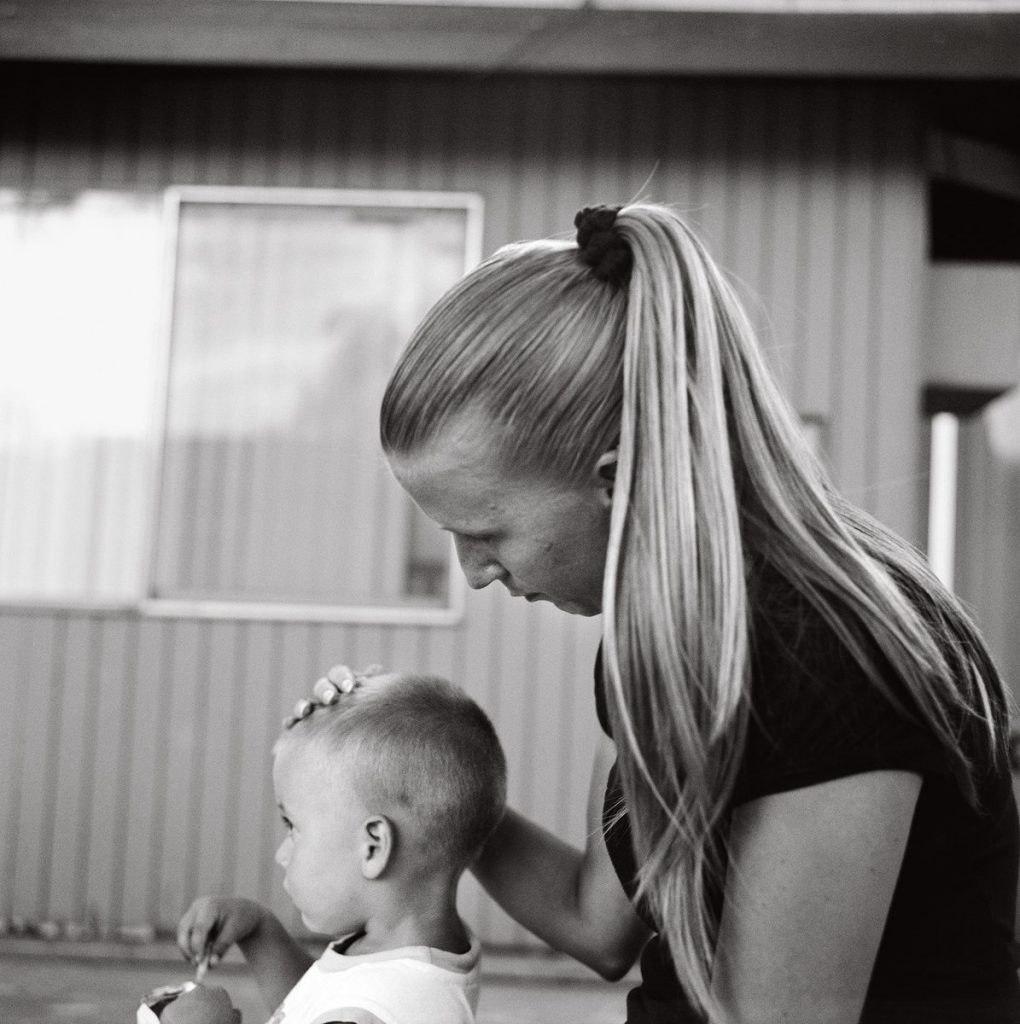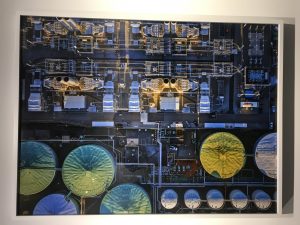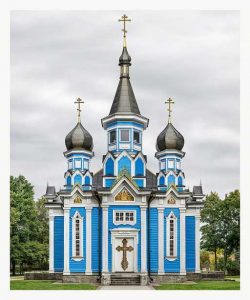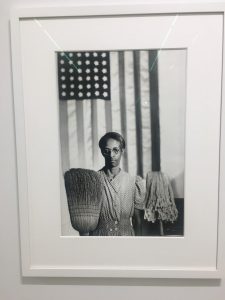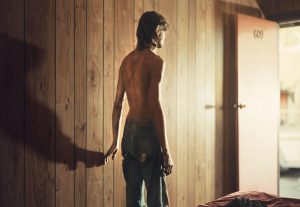Chelsea Galleries was an interesting trip. It was cool to see different types of photography styles that are out their in the world today. Its quite amazing how you can great so many different beautiful works of art with one tool, a camera.
Prison Nation
This was the first exhibit I found interesting. You’d don’t normally get to see photographs from inside prisons. Prisons in general are a mysterious place, you only know what you get to see on TV, and from what we know thats not always the most reliable source. So it was definitely interesting to see photos from real prisons taken by photographers. It was interesting to get a real understanding of what its like to be incarcerated. We got to see what inmates did on day today bases and also see what it was like for them after their prison experiences. The photos I saw gave me a better outlook on life. The photos where the inmates where being freed still had such a sad feel to them. You would think that the prisoners would be happy to be free. But sometimes thats not the case because they have been out of the real world for so long they are not used to it.
Facades – Grand Tour
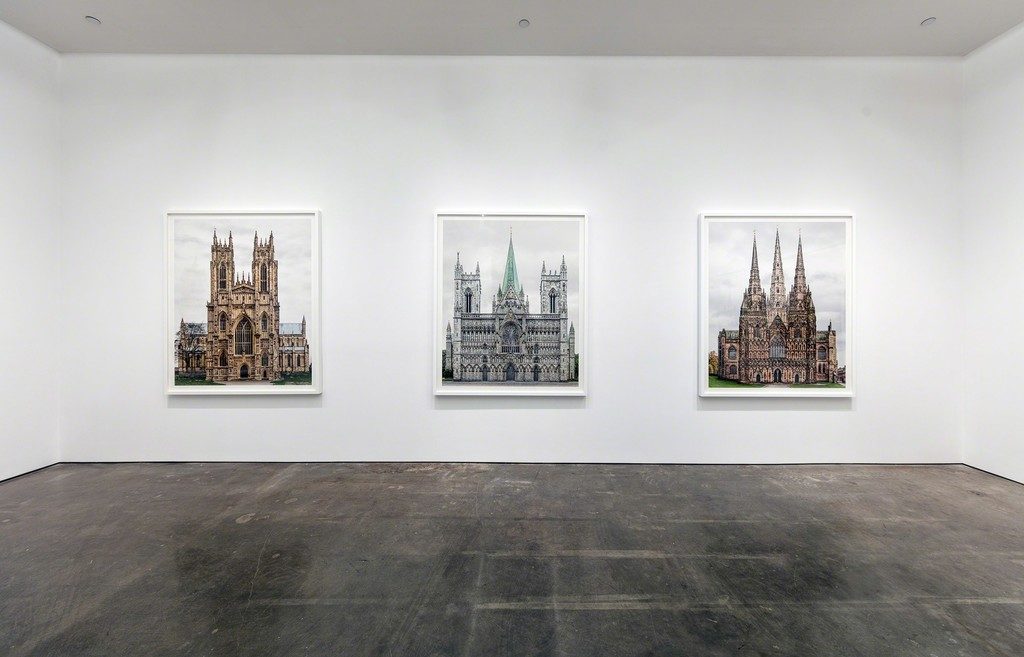
The second exhibit I found interesting was the Facades. Markus Brunetti’s high quality photo compositions of European architecture was highly impressive. At first we just thought that these where 1 super high quality photo. I was also intrigued how he got a clear shot with no people around. I soon came to find out that each photo is actually a composition of tens of thousands of smaller photos captured over months composited together to create one large super high quality photo. I can only imagine how tedious this process was, but the results are extravagant. The quality is ridiculous its soooooo high quality. You can see absolutely every part of the architecture, it actually got more quality the closer you got. Thats something that you don’t normally see. The amount of time and work that went into each photograph definitely places this exhibit at one of my favorites.
Leaning Out – Jeffrey Milstein
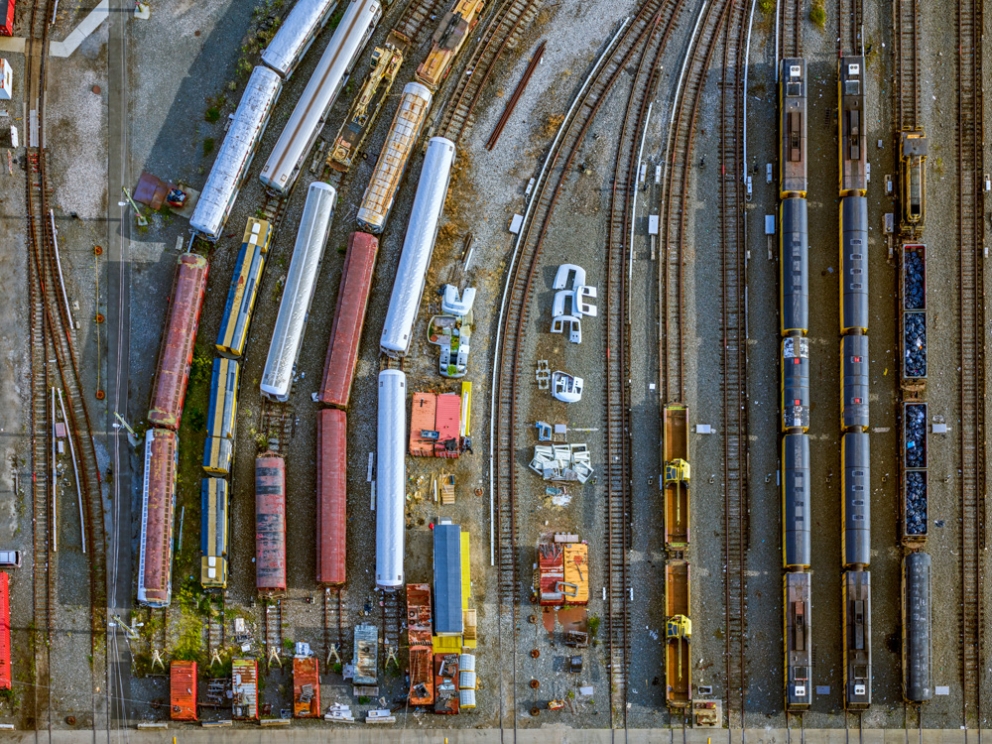
The third exhibit I found interesting was the Leaning Out exhibit by Jeffrey Milstein. This exhibit featured high quality drone photographs with a birds eye view over remarkable places. Its super interesting that once you get a different perspective over normal everyday things they become these beautiful patterns. You don’t look at streets as streets anymore or railroad tracks as railroad tracks anymore, you start too see beautiful shapes and patterns. I just found it super interesting seeing things from a different point of view.

